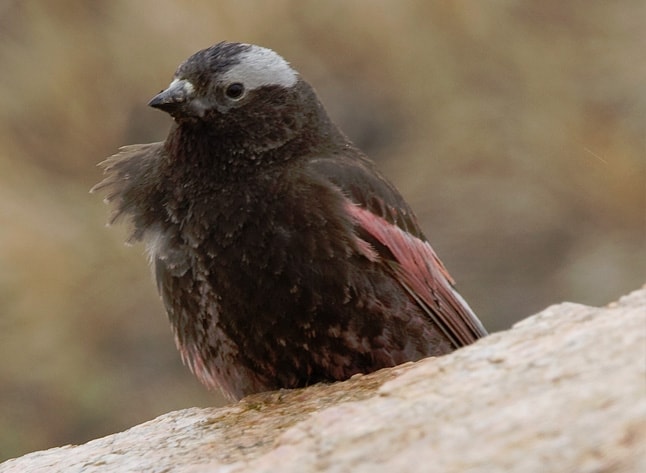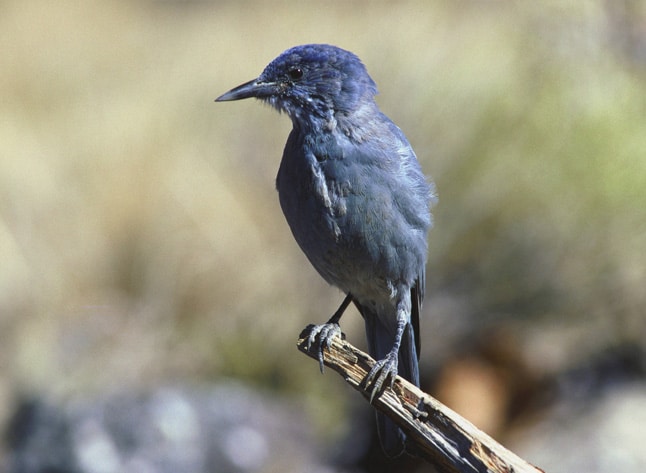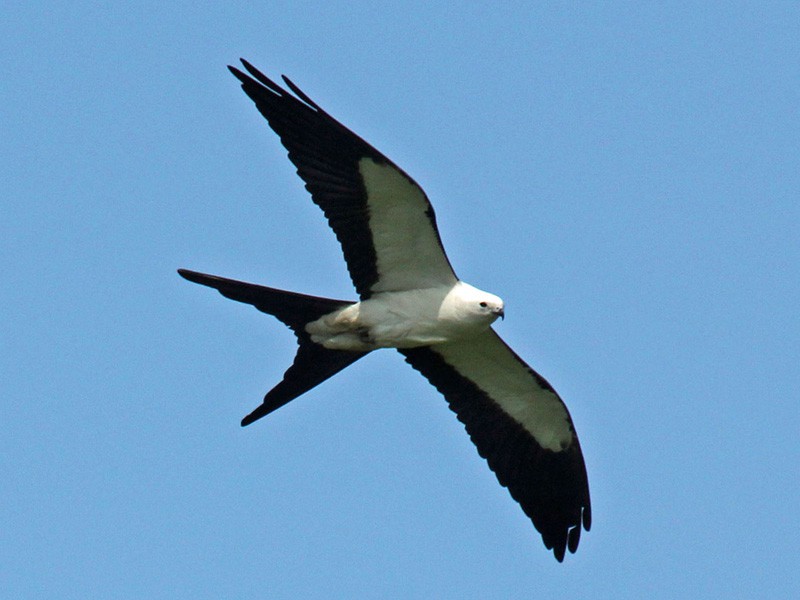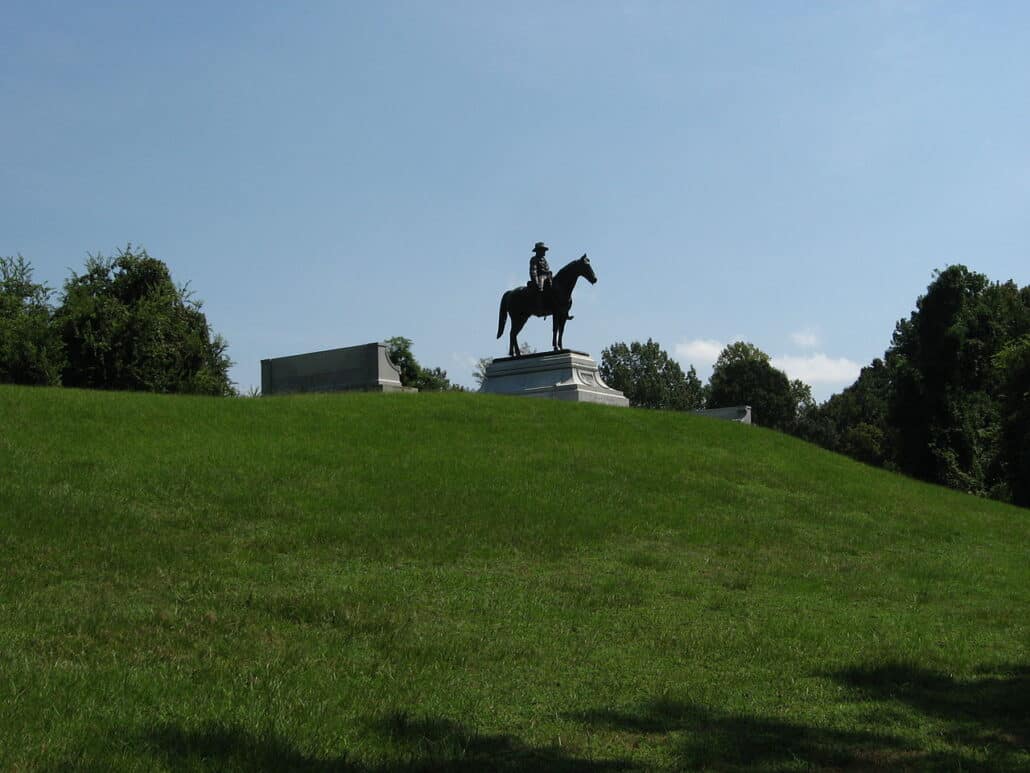Birding Utah
From the black rosy-finch to the California condor, more than 430 bird species have been documented in Utah. A western state, Utah’s predominant habitats include arid deserts and sub-alpine forests. Utah also contains wetlands, sage-steppe, and forest, making it a prime destination for birders. In fact, in Utah it’s possible to visit each type of habitat in a single day! The self-guided autotour at Ouray National Wildlife Refuge, in northeastern Utah, contains wetlands (shorebirds, ducks, cranes, and herons), croplands, river, riparian woodlands (raptors and songbirds), and semi-desert shrubland habitat (western meadowlark and sage sparrow)—all in a nine-mile drive.

Introduction to Utah Bird Watching
From the black rosy-finch to the California condor, more than 430 bird species have been documented in Utah. A western state, Utah’s predominant habitats include arid deserts and sub-alpine forests. Utah also contains wetlands, sage-steppe, and forest, making it a prime destination for birders. In fact, in Utah it’s possible to visit each type of habitat in a single day! The self-guided autotour at Ouray National Wildlife Refuge, in northeastern Utah, contains wetlands (shorebirds, ducks, cranes, and herons), croplands, river, riparian woodlands (raptors and songbirds), and semi-desert shrubland habitat (western meadowlark and sage sparrow)—all in a nine-mile drive.
The wetlands of the Bear River Migratory Bird Refuge, at the northern end of the Great Salt Lake, provide a year-round critical habitat for birds migrating along the eastern Pacific Flyway and the western Central Flyway. The Great Salt Lake’s location makes it a prime staging area for migrating waterfowl and shorebirds traveling between South America and the Arctic.




